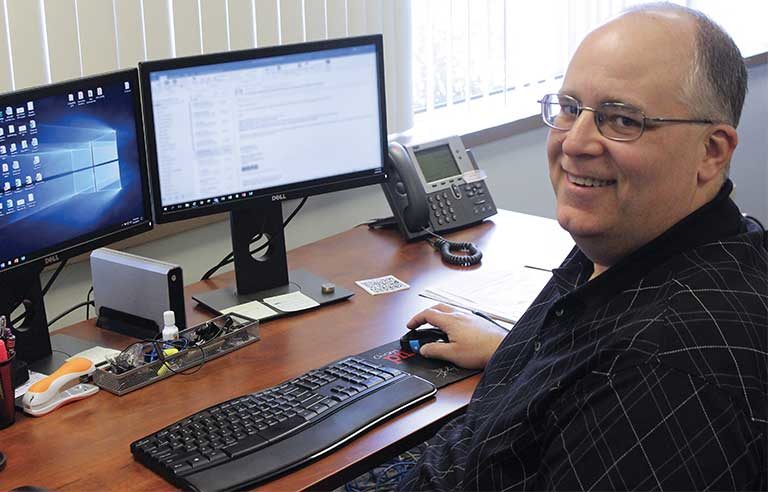Key points
Danny Smith likes to joke that he was put in charge of safety because he didn’t run fast enough.
The responsibility was handed to him more than 25 years ago, when he was working in manufacturing operations for a direct mail advertising company. As the organization began to grow, the chief operating officer told Smith that someone was needed to oversee safety – and that he’d been tapped for the role.
“We were having a good number of accidents and really didn’t have a safety program,” said Smith, who is now a senior safety consultant at SafeStart. “We started from scratch.”
Have you suddenly been put in charge of safety? Whether you’ve been asked to move from another department or safety has been added to your list of current job duties – or you’ve simply been told, “You’re the safety person,” despite no previous experience – the important task of preventing worker injuries and illnesses is now yours.
Here’s where to start.
Make connections
One of the first steps you should take is to gain an understanding of the scope and responsibilities of your new role, said Barbara Boroughf, retired global vice president of environmental, health and safety management at the Lear Corp.
Next, start building relationships – especially with key decision-makers.
“It’s imperative that you know the C-suite executives,” Boroughf said, “because they’re the ones that’ll provide support and funding of the processes and programs.”
It’s also vital to establish connections with frontline supervisors and plant managers. Be visible and at-tend meetings with them whenever possible.
Boroughf emphasized that you need to get to know the workers as well – walk the plant floor and shake their hands, greet them and chat with them.
“You don’t want to just show up when there’s a problem. Show up daily,” she said. “If you show up just when there’s an accident or when somebody’s complained about something, they’re going to say, ‘Oh, this person doesn’t really care.’”
Remember, of course, that employees have jobs to do, so make sure your interactions don’t take too much time away from their work. During those interactions, let workers know you’re there to help and tell them how they can contact you.
“I have learned through 10 years of surveying employers that it is vital for safety practitioners to have positive interactions and learn from the people they serve,” said Crystal Cannan, director of workplace training and survey services at the National Safety Council.



